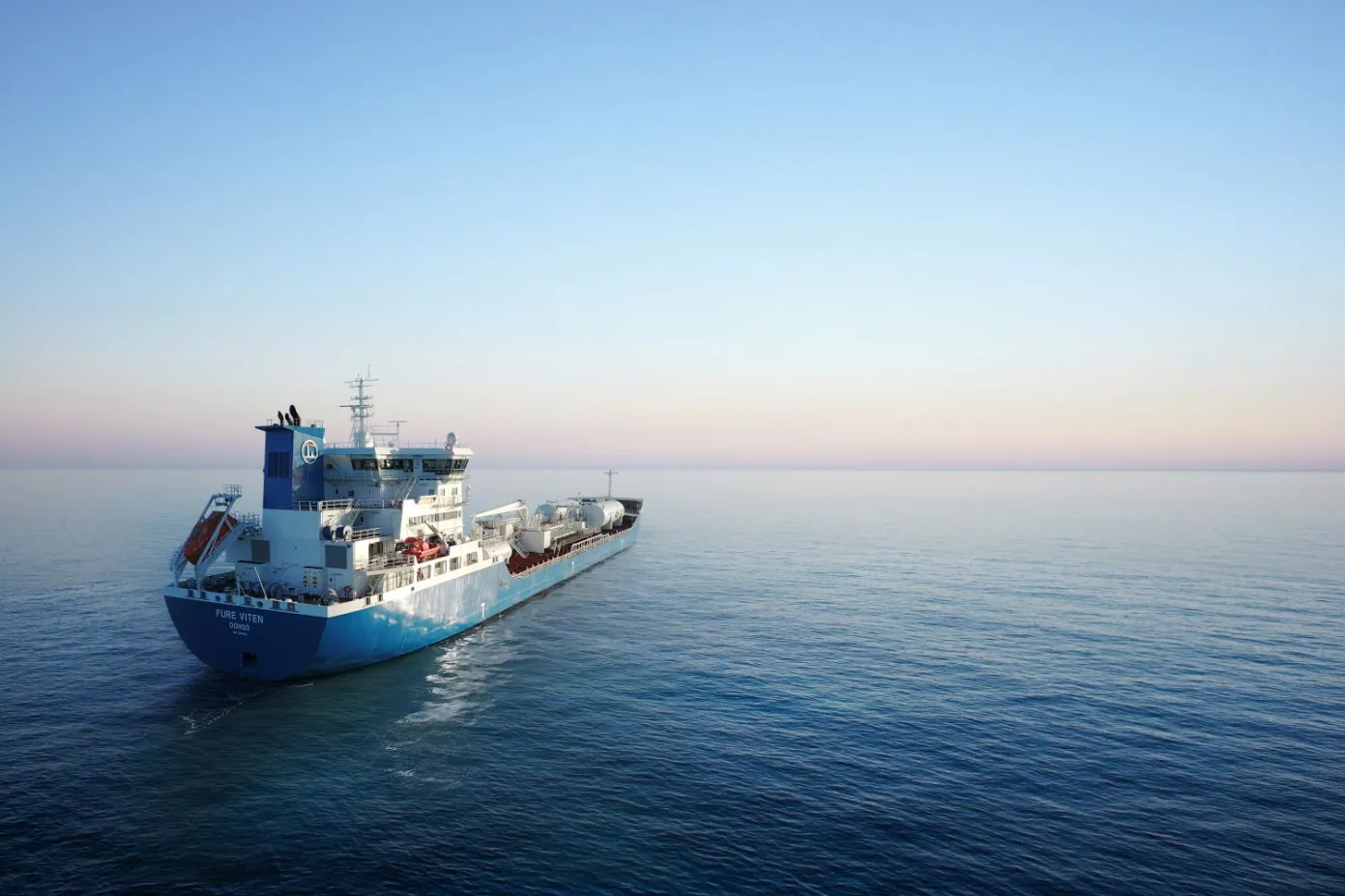The Israeli attack carried out in the early hours of July 21, targeting port infrastructure in Hodeida, was conducted using drones, unlike previous Israeli attacks that relied on manned aircraft.
Using relatively light-payload drones means the weight of ordnance that can be deployed against targets is limited—significantly less than the heavy bombs dropped by manned aircraft. However, missiles fired from drones can be delivered with greater precision, and the drone can loiter, ready to strike at the optimal moment. Drones enable a persistent presence at minimal operational cost and without risking aircrews. The attack method employed on July 21 thus presents a viable—and in some cases superior—alternative to deploying an air armada of fighters, air defense suppression units, tankers, and surveillance platforms 1,250 miles down the Red Sea to the Yemeni coast and back.
Israel has not disclosed which equipment was used in the July 21 attack. Its inventory includes at least two medium-range drones capable of executing such a mission: the IAI Heron TP Eitan and the Elbit Systems Hermes 900 Kochav. Considering the Hermes 900, it could cruise 1,250 miles from base to the target area, loiter for 24 hours, and then return. It can use onboard standoff surveillance systems to monitor potential targets. With a 450-kilogram payload, the Hermes 900 can carry multiple missiles, such as the Rafael Aerospike, capable of striking moving targets at a 30 km range instantly once attack parameters are met.
This would allow Israel to monitor the Houthi small boat and maritime drone attack force at their bases and strike whenever hostile intent is detected. Such an aggressive approach could complement (though remain separate from) intercepting smuggled Houthi arms at sea—a mission increasingly carried out with success by General Tareq Abdullah Saleh’s National Resistance Forces, as seen in early May and late June. General Tareq’s latest seizure confirms that the Houthis still rely on Iranian-imported components for their more advanced drone and missile systems. As an armchair strategy for neutralizing the Red Sea threat, this approach has flaws, but fewer than relying solely on naval defenses—and hoping naval assets are in the right place at the right time to protect merchant traffic.
Local Yemeni sources report that during Israel’s July 21 drone attack, seven Houthi naval commandos were killed in a speedboat as they attempted to leave Hodeidah port on a routine mission. The team and boat had been used in previous weeks to track, pursue, and attack commercial vessels. After months with no apparent solution in sight, this may be the first sign that an effective suppression strategy could be implemented.




